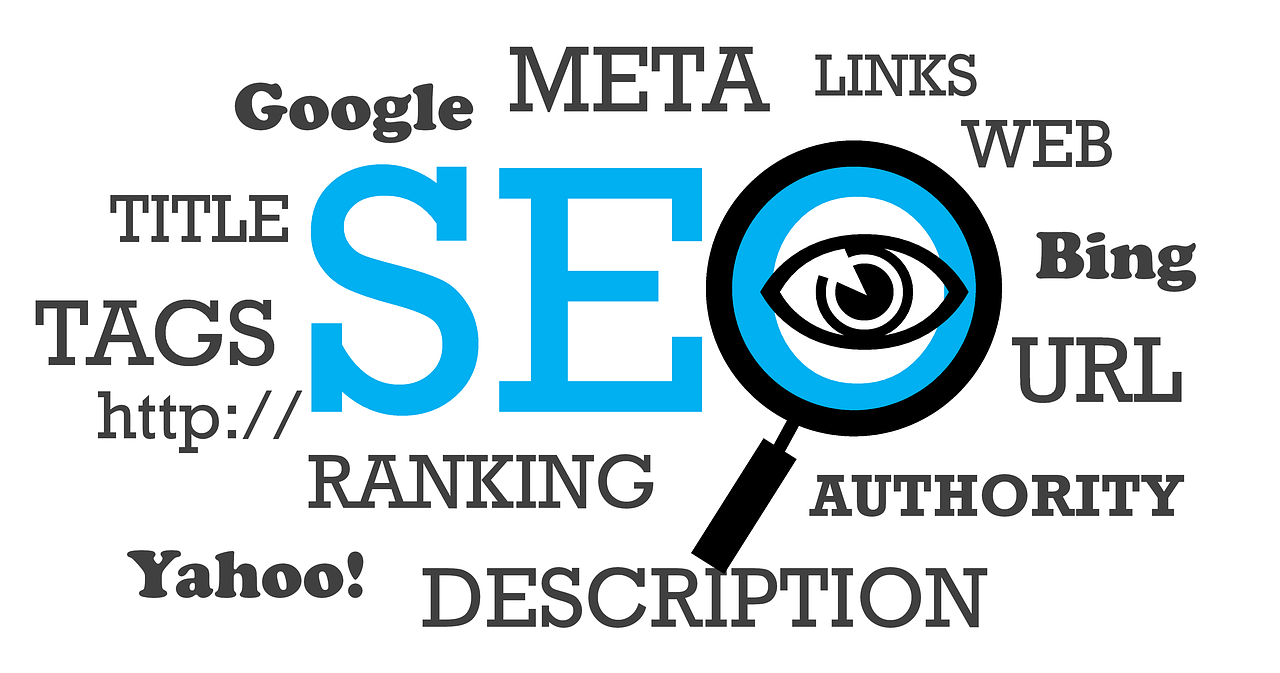In the ever-evolving landscape of digital marketing, mastering Search Engine Optimization (SEO) is crucial for businesses aiming to enhance online visibility and drive organic traffic. This comprehensive guide will take you through the steps to maximize your SEO efforts, ensuring your website ranks higher in search engine results and attracts the right audience.
1. Keyword Research: The Foundation of SEO Success
Objective: Identify relevant keywords that align with your business and are frequently searched by your target audience.
- Tools: Utilize keyword research tools like Google Keyword Planner, SEMrush, or Ahrefs.
- Strategy: Focus on long-tail keywords and consider user intent when selecting keywords.
2. On-Page Optimization: Fine-Tune Your Content
Objective: Optimize individual pages on your website to make them search-engine-friendly.
- Title Tags: Craft compelling and relevant title tags for each page, incorporating primary keywords.
- Meta Descriptions: Write informative meta descriptions that encourage clicks and include target keywords.
- Header Tags: Use H1, H2, and H3 tags to structure content and highlight key points.
- URL Structure: Ensure clean and SEO-friendly URLs.
3. Quality Content Creation: Engage and Educate Your Audience
Objective: Produce high-quality, relevant, and engaging content that satisfies user intent.
- Keyword Integration: Naturally incorporate target keywords within your content.
- Regular Updates: Keep content fresh and updated to reflect industry changes.
- Multimedia Elements: Enhance content with images, videos, and infographics.
4. Mobile Optimization: Cater to Mobile Users
Objective: Ensure your website is optimized for seamless performance on mobile devices.
- Responsive Design: Adopt a responsive web design for optimal viewing across various devices.
- Page Speed: Optimize images and minimize code to enhance loading speed.
- Mobile-Friendly Testing: Use Google’s Mobile-Friendly Test to evaluate your website’s mobile compatibility.
5. Backlink Building: Establish Authority and Trust
Objective: Acquire high-quality backlinks to boost your website’s authority.
- Guest Posting: Contribute valuable content to authoritative websites in your industry.
- Outreach: Reach out to influencers and request backlinks.
- Quality over Quantity: Prioritize quality backlinks over a large quantity of low-quality links.
6. Technical SEO: Ensure a Smooth User Experience
Objective: Enhance the technical aspects of your website for improved user experience and search engine crawlability.
- XML Sitemap: Create and submit an XML sitemap to search engines.
- Robots.txt File: Use the robots.txt file to guide search engine crawlers.
- Fix Broken Links: Regularly check and fix broken links on your website.
7. User Experience (UX): Prioritize Visitor Satisfaction
Objective: Design your website with user experience in mind to encourage longer stays and repeat visits.
- Navigation: Streamline website navigation for easy access to information.
- Readability: Use legible fonts and organize content for easy readability.
- Engaging Call-to-Actions (CTAs): Encourage user interaction with clear CTAs.
8. Analytics and Monitoring: Track and Adapt
Objective: Monitor your SEO efforts and adjust strategies based on performance data.
- Google Analytics: Set up Google Analytics to track website traffic, user behavior, and more.
- Keyword Ranking Tools: Utilize tools like SEMrush or Ahrefs to track keyword rankings.
- Adaptation: Regularly review data and adjust your SEO strategies accordingly.
By following this comprehensive guide, you’ll be well-equipped to maximize your SEO efforts and establish a strong online presence. Remember, SEO is an ongoing process, and staying informed about industry trends and algorithm updates is essential for sustained success.




